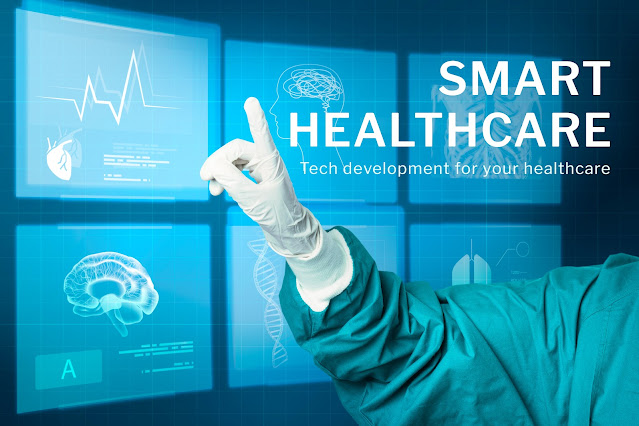Quick Mastery of EMR Software Due to Advanced Features
The Impact of Modern EMR Software on Training
Accurately organizing patient data is essential to providing timely and precise healthcare services. Gone are the days of manual record-keeping; today, Electronic Medical Records (EMR) have become the cornerstone of efficient healthcare delivery. In this article, we delve into the transformative role of modern EMR software, specifically focusing on its influence on training practices across various healthcare settings, including eye hospitals, IVF clinics, and dental practices.
👉👉👉 E-Prescribing Software: Benefits & Impact Across Specialties
Transitioning from Paper to Digital:
In the past, healthcare providers depended on paper-based methods to document patient information, which proved to be both time-intensive and susceptible to mistakes. The advent of EMR software has revolutionized this process by digitizing patient records and centralizing them in electronic databases. This shift from paper to digital has streamlined workflows and simplified the training process for healthcare professionals.
User-Friendly Interfaces:
One of the notable features of modern EMR software is its user-friendly interface. Designed with ease of use in mind, these systems feature intuitive layouts and customizable options that make navigating the software straightforward. Whether you're a seasoned physician or a newly hired medical assistant, modern EMR software is designed to be accessible to all users, reducing the need for extensive training.
Tailored Solutions for Different Healthcare Settings:
EMR software is not a one-size-fits-all solution; rather, it is tailored to meet the specific needs of different healthcare settings. For example, in an eye hospital, EMR software may include features such as detailed eye exams and visual acuity tests, whereas in an IVF clinic, it may focus on tracking patient progress and treatment protocols. This specialization ensures that healthcare professionals have access to the tools they need to deliver optimal care.
Integration with Medical Billing:
In addition to simplifying training and improving efficiency, modern EMR software often integrates seamlessly with medical billing systems. This integration automates the billing process, reducing administrative burden and ensuring accurate reimbursement for healthcare services. By streamlining billing procedures, EMR software allows healthcare providers to focus more time and energy on patient care.
👉👉👉 Medical Billing Software: Power Up Your Practice Revenue
Ongoing Support and Updates:
Another benefit of modern EMR software is the ongoing support and updates provided by software vendors. As technology evolves and healthcare regulations change, EMR software must adapt to meet new requirements. Software vendors regularly release updates and patches to improve functionality, enhance security, and address any issues that may arise. Additionally, they provide technical support and training resources to ensure that healthcare professionals can make the most of their EMR software.
👉👉👉 EMR Systems: The Key to Reduced Burden & Improved Healthcare Delivery
Contemporary EMR software has transformed the handling of patient data within healthcare environments, optimizing operational processes and making training more straightforward for medical professionals. With user-friendly interfaces, tailored solutions for different settings, integration with medical billing, and ongoing support and updates, EMR software has become an indispensable tool in the modern healthcare landscape. Through integrating these advancements, healthcare providers can streamline operations, enhance patient care delivery, and ultimately, make significant contributions to saving lives.




Comments
Post a Comment